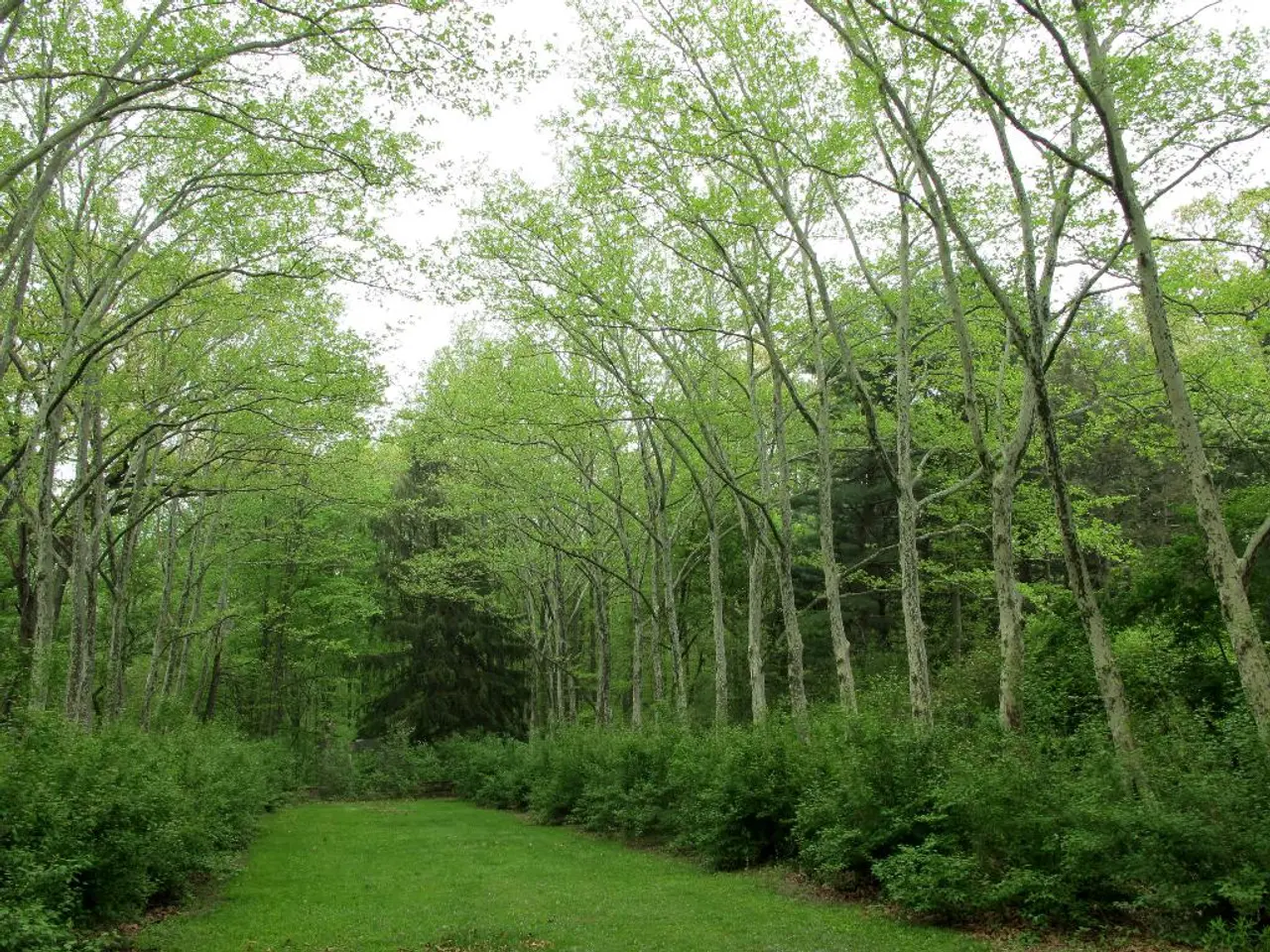Ideal Sowing Time for Turnip Greens in Alabama: maximizing growth potential
**Growing Turnips Successfully in Alabama: A Comprehensive Guide**
For those seeking to cultivate turnips in Alabama, here's a comprehensive guide to help you grow healthy, delicious crops. From soil and climate requirements to planting, cultivation, maintenance, harvesting, and storage, this article covers everything you need to know.
**Soil and Climate Requirements**
Turnips thrive in well-drained, loamy soil enriched with organic matter such as compost. Preparing the soil by incorporating 4 to 6 inches of compost and a balanced fertilizer into the top 8 to 12 inches supports healthy growth. Alabama's mild winters and cool fall temperatures are well-suited for turnip growing, as they are a cool-season crop sensitive to heat.
**Best Planting Window in Alabama**
In USDA Zone 8a, which covers much of Alabama, the ideal planting window for turnips is late summer through early fall to create a productive winter garden. Direct sow turnip seeds from August through early September to take advantage of cooler temperatures and avoid heat stress. Early spring planting is also possible but should be timed carefully to avoid warm temperatures.
**Cultivation and Maintenance**
Sow turnip seeds directly into prepared garden beds. Rake soil smooth before planting to ensure good seed-to-soil contact. Space seeds or thin seedlings so roots have enough room, usually about 2 to 4 inches apart, to avoid crowding; close spacing can lead to smaller roots or premature seeding.
Control weeds early and weed at least weekly during the first month to reduce competition for nutrients and water. Monitor and manage common pests such as aphids and cabbage butterfly larvae; inspect undersides of leaves regularly and remove slugs by hand if present. Raised beds or mounded rows can improve drainage, which is critical in Alabama’s sometimes heavy soils, like clay. Mulching helps conserve soil moisture and moderate soil temperature.
**Harvesting**
Turnips are generally ready to harvest within 30 to 60 days, depending on variety. Harvest before the weather gets too warm or roots become woody. The roots should be firm and about 2 to 3 inches in diameter for best flavor. Harvesting greens early encourages root development; both roots and greens are edible.
**Storage Tips**
Store harvested turnips in a cool, moist environment such as a root cellar or refrigerator, ideally at around 32°F with high humidity. For longer-term storage, remove greens and keep roots in moist sand or sawdust to prevent shriveling.
These strategies, drawn from regional planting calendars and general cool-season vegetable cultivation best practices, should help maximize turnip yields and quality in Alabama.
Turnips are a nutrient powerhouse, offering a wide array of essential vitamins and minerals, including vitamin C, potassium, and dietary fiber. Turnip greens are part of the cruciferous family and offer additional nutritional benefits, including fiber and vitamins.
To deter pests like flea beetles, consider using neem oil or row covers. Turnips can be boiled, roasted, mashed, or eaten raw for various culinary uses. Proper spacing and avoiding over-watering can prevent diseases like root rot and mold. The soil for turnip growth should be well-drained and rich in organic matter. A balanced fertilizer like a 10-10-10 NPK combination can be used to give turnips the nutrients they need. Mulching around turnips helps retain moisture and suppress weeds.
Glen, a gardening expert with over 15 years of hands-on experience, shares these tips for successful turnip cultivation. When it comes to turnips, aim for two key planting windows in Alabama: early spring and late fall. Proper soil preparation includes loosening the soil to a depth of about 12 to 15 inches and mixing in 2 to 4 inches of aged compost or manure.
- To achieve optimal turnip growth in Alabama, consider expanding your gardening repertoire by planting turnips in a home-and-garden setup, as they are well-suited to cool-season vegetable gardening.
- In the realm of a lifestyle focused on sustainable living and self-sufficiency, incorporating home-grown turnips into your meals adds a nutrient-dense, locally sourced element to your home-and-garden produce.




